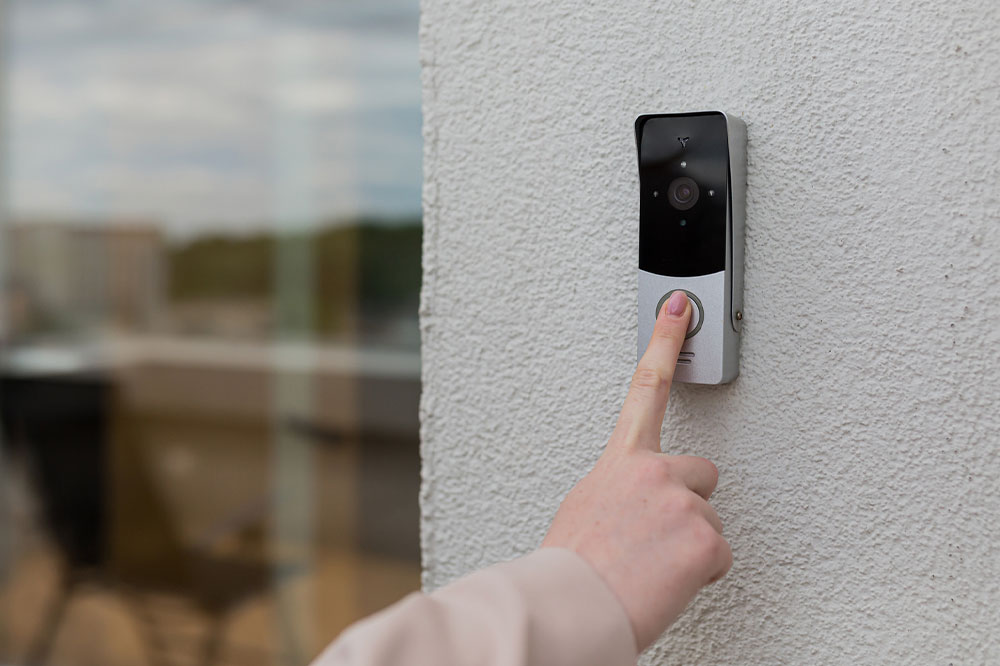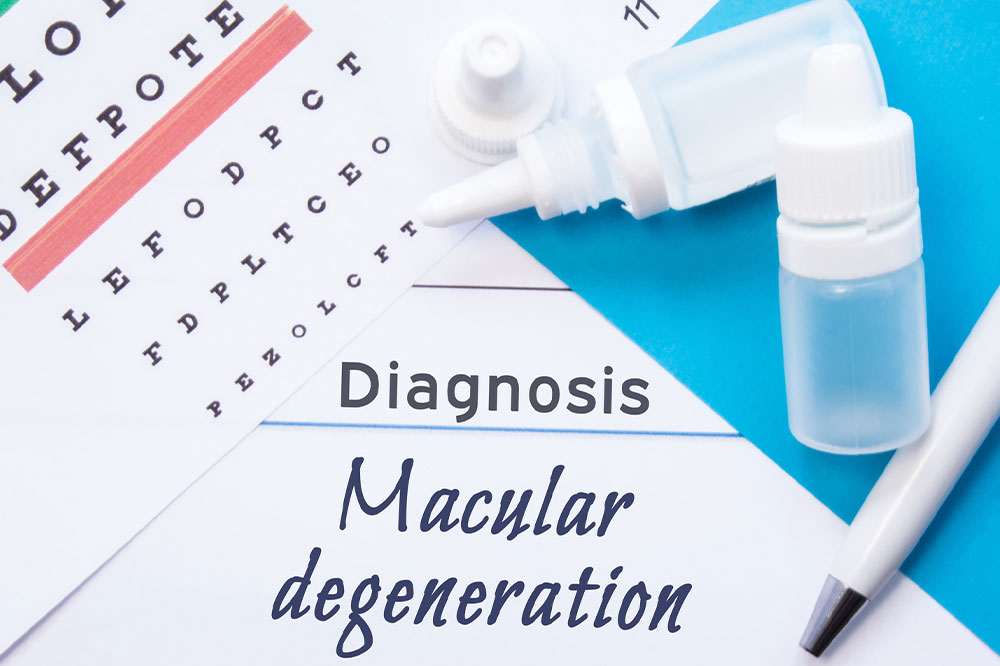7 pest control mistakes pet owners should avoid

Pests like ticks, fleas, and mites can cause one’s furry friend to fall ill. This is why pest control is an important part of pet care. Homeowners with pets should take time out and perform pest control regularly. However, getting rid of pests requires proper planning. One should be careful during the process and not rely solely on harsh chemicals that promise quick results. Here are seven pest control mistakes to avoid for pet owners.
Not acting immediately
Many believe their pets are intuitive and can scratch out pests like ticks or fleas from their fur. However, this is a myth. Pets are like babies in the family and need to be looked after with proper care and attention. They cannot remove the pests themselves. Not helping the dog or cat in such a situation will put them in danger because the pests can multiply quickly and affect the pet’s health. That is why one should act immediately. Individuals should keep up with the pet’s grooming schedule, give them the necessary treatments, and follow preventive methods during the tick or flea season. Leaving the pets defenseless will only aggravate the problem.
Overtreating the infestation
Spot-on treatments are popular for removing ticks and fleas. One must simply apply the solution to the pet’s body, usually on the back and between the shoulder blades. However, individuals must be careful when using it to avoid complications. A common mistake is applying too much spot-on treatment. Some people think the stronger the treatment, the better the result. However, that is not the case. Pet owners must decide the dosage after considering their pet’s weight and how severe the problem is. The treatment may not work if the dose is too high. In fact, it can lead to fatal results in some cases.
Similarly, if someone uses a treatment dose that is less than needed, it can harm the pet because the pests remain untreated. They may continue to multiply and lead to illnesses. If unsure, one should speak to a vet before deciding the dosage. Besides suggesting the right amount, the expert can recommend other pest control solutions to solve the problem.
Using treatments meant for humans
Some human treatments are safe for pets. However, when it comes to pest repellants, avoiding anything meant for humans is advisable. Some sprays for humans contain a harmful chemical called DEET, which has many risks. In pets, it can cause neurological damage and poisoning. Another ingredient to be careful of is citronella, which can cause respiratory issues and irritate the pet’s lungs. If someone is unsure about giving their pet a particular treatment for mosquito, heartworm, tick, or flea infestations, they should always consult a vet and avoid experimenting.
Not consulting a veterinarian
As mentioned, asking a vet before giving the pet any kind of pest control treatment is an essential first step. Some products that are healthy for humans may not be healthy for pets, so it is best to always get an expert’s opinion before proceeding. Dogs, and cats especially, tend to lick their fur. This means they can easily ingest anything applied to their body. So, it is even more important for cat owners to be sure about the pest control products they use.
Ignoring pest control in indoor pets
Thinking that pests do not threaten indoor pets is a myth. Pests can enter the house easily through exhaust fans, vents, and other openings. While the risk of an infestation in indoor pests may be lesser, it still exists. Cleaning the house, maintaining hygiene, and grooming the pet regularly are excellent ways to maintain the indoor pet’s health and control the pests on their body. One can look for signs like constant itching or biting on specific body areas to understand if the pet is uncomfortable and needs help.
Not cleaning the hotspot
People give their pets different treatments to get rid of the pests that trouble them, but what about tackling the source of this issue? Is there a hotspot from where these pests originate? One should locate this source and then work on a solution to keep it clean to stop these pests from breeding. So, while keeping the pet clean is a top priority, it is also important to keep the surroundings clean. Deep cleaning every couple of weeks can ensure all the eggs are killed.
Not focusing on prevention
Killing pests as and when they appear is not the best way to solve the problem. One should create a plan to keep their pet healthy and prevent pests from returning. Keeping the pet indoors during the tick or flea season, using a combination of pest control products, and speaking to a veterinarian about home remedies can keep pets healthy and clean and stop them from being affected by pest infestations. Regular baths with tick and flea shampoos, using pet-safe essential oils, and grooming should also be part of the monthly schedule to avoid any kind of infestation. These steps can help keep the pests away. Even if an infestation occurs, it will be very mild and not require harsh treatments.







